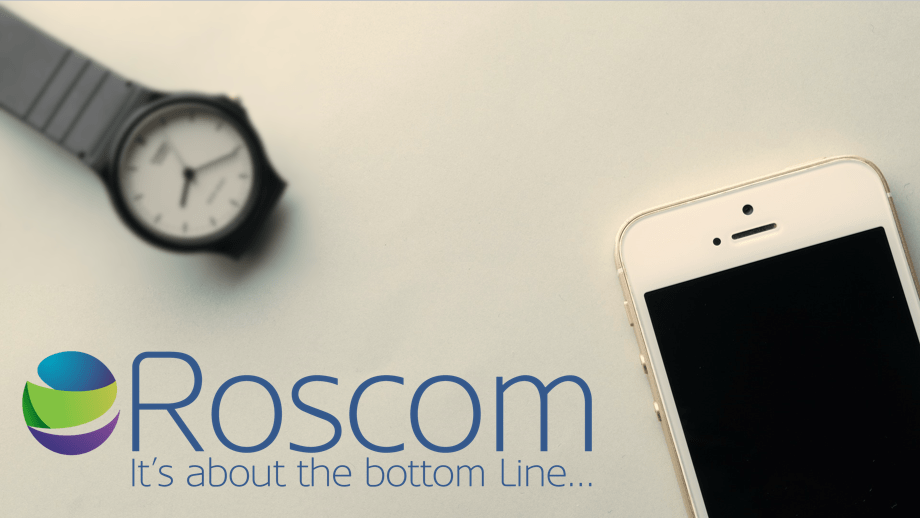In this post, I would like to discuss some of the risk-based controls we use as part of our Revenue and Regulatory Assurance services and what role the accuracy of our technology plays in accomplishing this.
The following example controls require independent, accurate measurements for successful verification:
- CDR platform timing accuracy (switch clock drift assurance)
- CDR creation latency
- Switch platform voice metering accuracy (MSC & GGSN)
- GGSN data metering accuracy, with deep packet inspection and tracing to verify OSS URL charging rules
- Tariff time boundary crossing rules and bundle cross overs
- Subscription activation timing
- Network response and delivery timing
- Duration based rounding rule verification
- Third party CDR measurement verification (Interconnect, TAP and wholesale)
- Partner metering and margin optimisation (TAP Out)
- The metering accuracy of the MVNO is typically controlled by the MNO switching systems. Therefore, it is proactive for an MNO to verify accuracy of the CDRs being generated by the MVNO subscribers.
If the weighing scales in your kitchen were only accurate to +/- 1KG, then they would serve no purpose when trying to bake a cake. Similarly, how can a regulatory requirement stipulating a CDR accuracy of +/- 1 second be satisfied by using a tool that is less accurate than the regulation? Logically then, to prove that the requirement has been passed, the tool must have a degree of accuracy greater than the requirement.
Our BABT TÜV SÜD approved test call generators are accurate to +/-100 milliseconds for voice services and +/-1 byte for data. The world’s current, most stringent regulatory rule observed for metering is +/-1 second and +/-100kB.
A metering error will lead to a rating error on usage-based tariffs.







